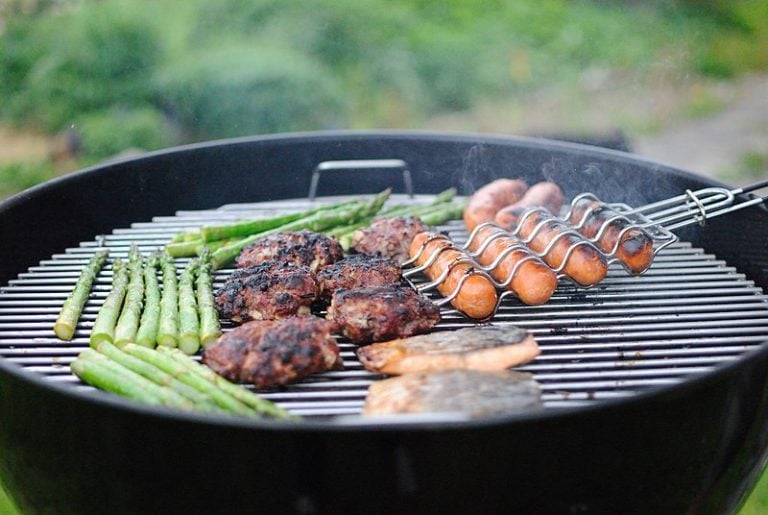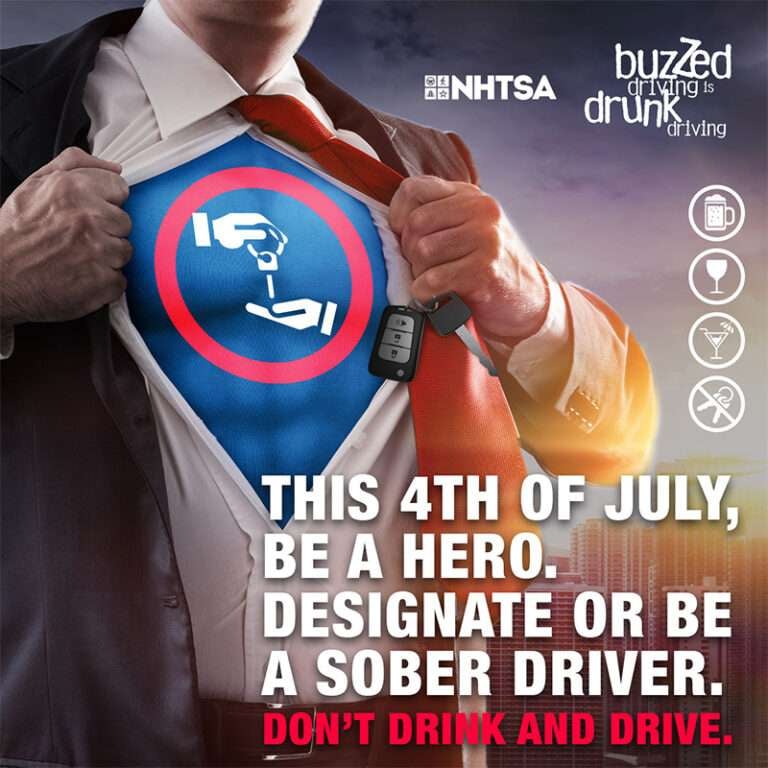Another year, another Groundhog Day. And our weather-predicting friend did not see its shadow, signaling an early spring.
Drivers are urged to stay vigilant and check their vehicles and ensure that they are still prepared for winter driving because winter weather will likely return before it exits for the season.
Hazardous storms and inclement weather are a factor in more than half a million crashes and more than 2,000 road deaths every winter, according to research from the AAA Foundation for Traffic Safety.
“The year roared in like a lion and Ohio’s weather remains unpredictable,” said AAA Public Affairs Manager, Kara Hitchens. “With a little preparation, motorists can reduce their anxiety level and perhaps save themselves time and money when dealing with the oncoming winter months.”

Roadside assistance crews hav responded to more than 45,000 calls in the Ohio for the month of January with the majority of the calls related to tow and battery issues. That’s a 36% increase over last year.
Motorists are encouraged to use a simple checklist to determine their vehicle’s winter maintenance needs. Many of the items on the list can be inspected by a car owner in less than an hour, but others should be performed by a certified technician.
Winter Car Care Checklist
• Battery and Charging System – Have the battery and charging system tested by a trained technician. A fully charged battery in good condition is required to start an engine in cold weather. AAA members can request a visit from a AAA Mobile Battery Service technician who will test their battery and replace it on-site, if necessary.
• Battery Cables and Terminals – Make sure the battery terminals and cable ends are free from corrosion, and the connections are tight.
• Tire Pressure – Check tire inflation pressure more frequently in fall and winter. As the temperature drops, so will tire pressures – typically by one PSI for every 10 degrees Fahrenheit. The proper tire pressure levels can be found in the owner’s manual or on a sticker typically located on the driver’s side door jamb. Also, check the spare.
• Tire Type and Tread – Replace any tire that has less than 3/32-inches of tread. Uneven tire wear can indicate alignment, wheel balance or suspension problems that must be addressed to prevent further tire damage. All-season tires work well in light to moderate snow conditions, provided they have adequate tread depth.
• Coolant Levels – Check the coolant level in the overflow tank when the engine is cold. If the level is low, add a 50/50 solution of coolant and water to maintain the necessary antifreeze capability. Test the antifreeze protection level with a tester available at most auto parts stores.
• Wiper Blades – The blades should completely clear the glass with each swipe. Replace any blade that leaves streaks or misses spots. Consider installing winter wiper blades that wrap the blade frame in a rubber boot to reduce ice and snow buildup that may prevent good contact between the blade and the glass.
• Washer Fluid – Fill the windshield washer fluid reservoir with a winter cleaning solution which contains antifreeze components to prevent freezing.
• Drive Belts – Inspect the underside of accessory drive belts for cracks or fraying. Many newer multi-rib “serpentine” belts are made of materials that do not show obvious signs of wear; replace these belts at 60,000-mile intervals or as recommended by the vehicle manufacturer.
• Engine Hoses – Inspect cooling system hoses for leaks, cracks or loose clamps. Also, squeeze the hoses and replace any that are brittle or feel spongy.
• Lights – Check the operation of all headlights, taillights, brake lights, turn signals, emergency flashers, and back-up lights. Replace any burnt out bulbs so you can see and be seen in dark or winter weather conditions.
Winter Emergency Road Kit
Now is also a great time to double check your winter emergency kit to make sure you have everything you need. This kit is especially important if you’ll be driving any distance and winter weather is forecast. The kit should include:
• Fully- charged mobile phone pre-programmed with rescue apps and important phone numbers including family and emergency services, along with a car charger
• Drinking water
• First-aid kit
• Non-perishable snacks for both human and pet passengers
• Bag of abrasive material (sand, salt, cat litter) or traction mats
• Snow shovel
• Blanket or sleeping bag
• Extra warm clothing (coat, gloves, hats, scarves)
• Snow boots
• Flashlight with extra batteries
• Window washer solvent – winter formulation with antifreeze components
• Ice scraper with brush
• Cloth or roll of paper towels
• Jumper cables
• Warning devices (flares or reflective triangles)
• Basic toolkit (screwdrivers, pliers, adjustable wrench)
AAA

















